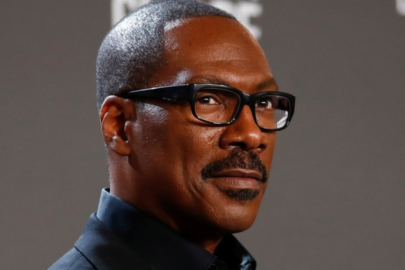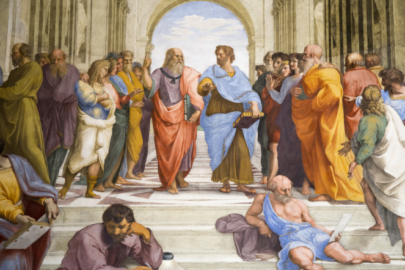The Kasta Hill archaeological site at Amphipolis has caught the attention of the international media, which have joined in the last few weeks the game of speculation over who might be buried in the huge tomb complex.
Now its time for History Channel to “place its bet”. In an article published recently on its site, the US channel says that, according to some scholars, “the presence of these sculpted female figures, known as caryatids strongly suggests that the tomb may belong to Olympias, the mother of the great warrior-king Alexander the Great.”
Citing Andrew Chugg, author of “The Quest for the Tomb of Alexander the Great,” the article states that the female figures found in the tomb may depict priestesses of god Dionysus, known as Klodones. And, given the fact that Olympias used to participate in Dionysiac rites and orgies with these Klodones, Chugg points out that she may be the owner of the tomb.
The article also mentions other possible candidates to have been buried in Amphipolis tomb, including Roxana, Alexander the Great’s wife, Alexander’s admirals Androsthenes, Laomedon and Nearchus; his general Hephaestion and even Cassander himself.
History Channel also refers to the theory of the archaeologist Olga Palagia, chair of the archaeology department at Athens University who doubts the conclusions drawn by Karerina Peristeri, head of the dig. Mores specifically, Ms. Palagia told Discovery News that, based on the fact that caryatids of this style were not used until the first century B.C, she believes the burial site at Amphipolis is “not a Macedonian tomb, because such tombs disappear in the mid-second century B.C. when Macedonia was conquered by the Romans.”

































